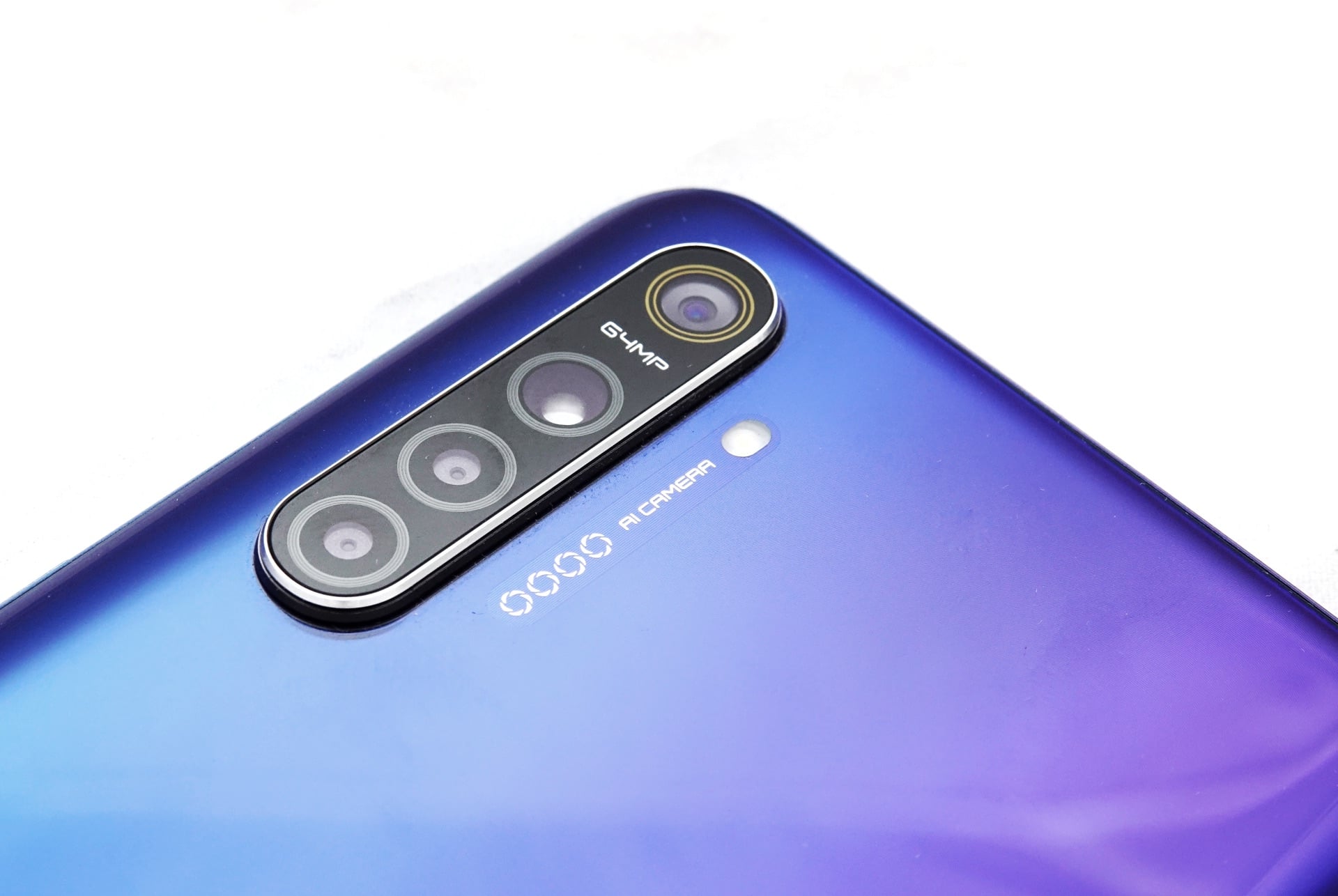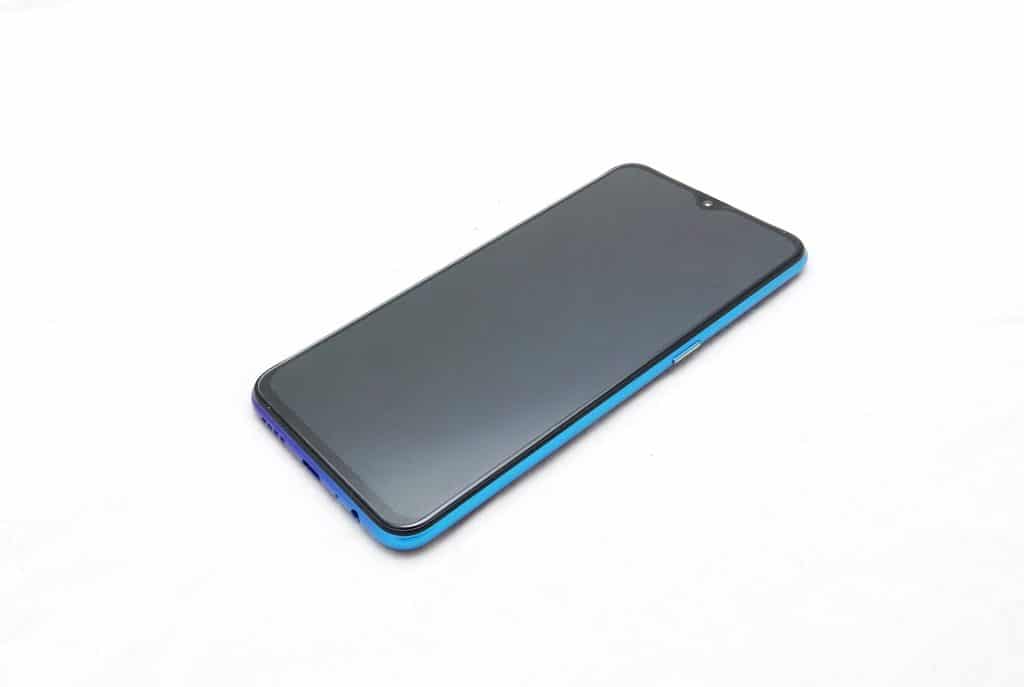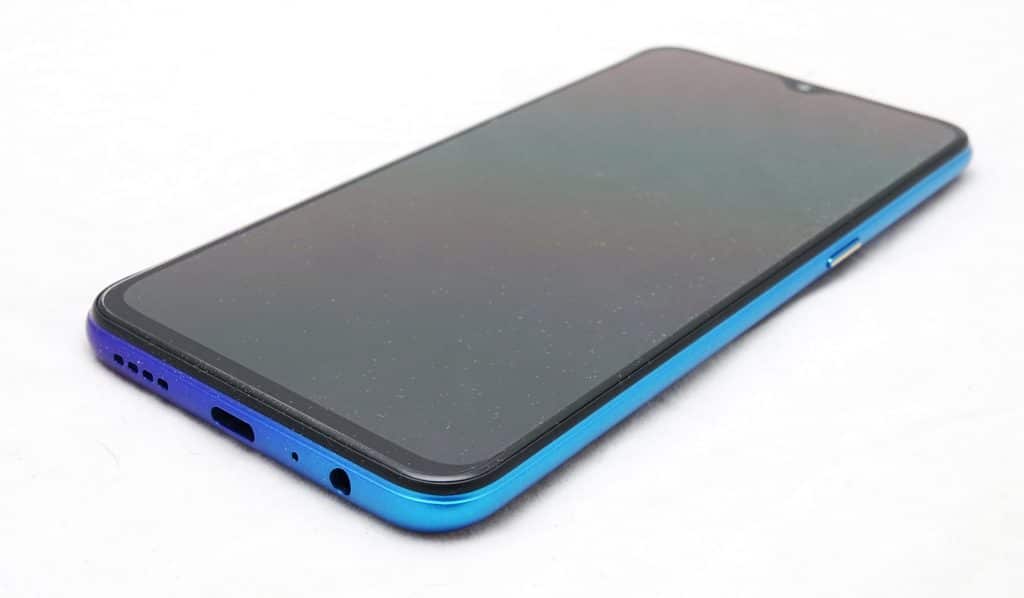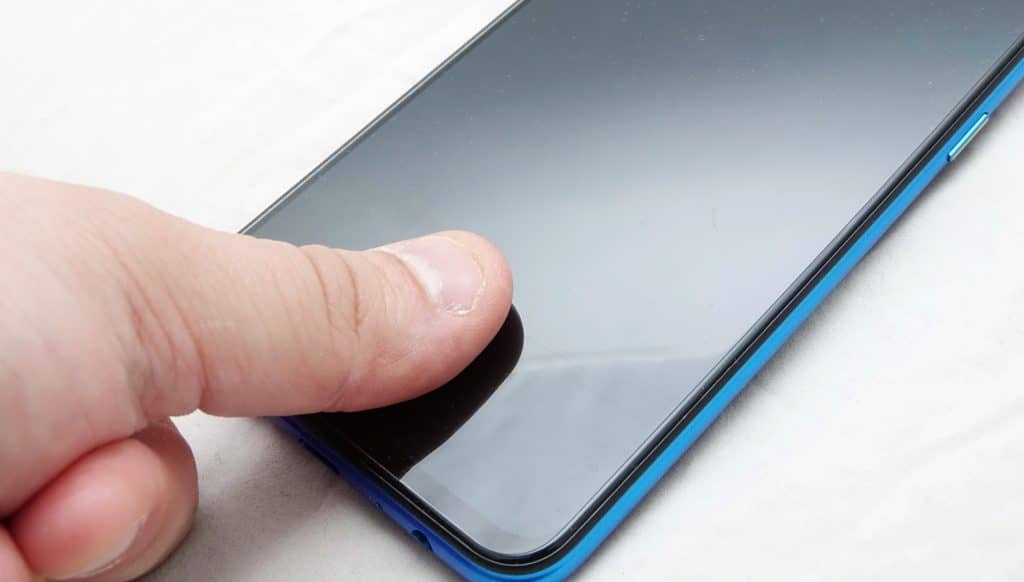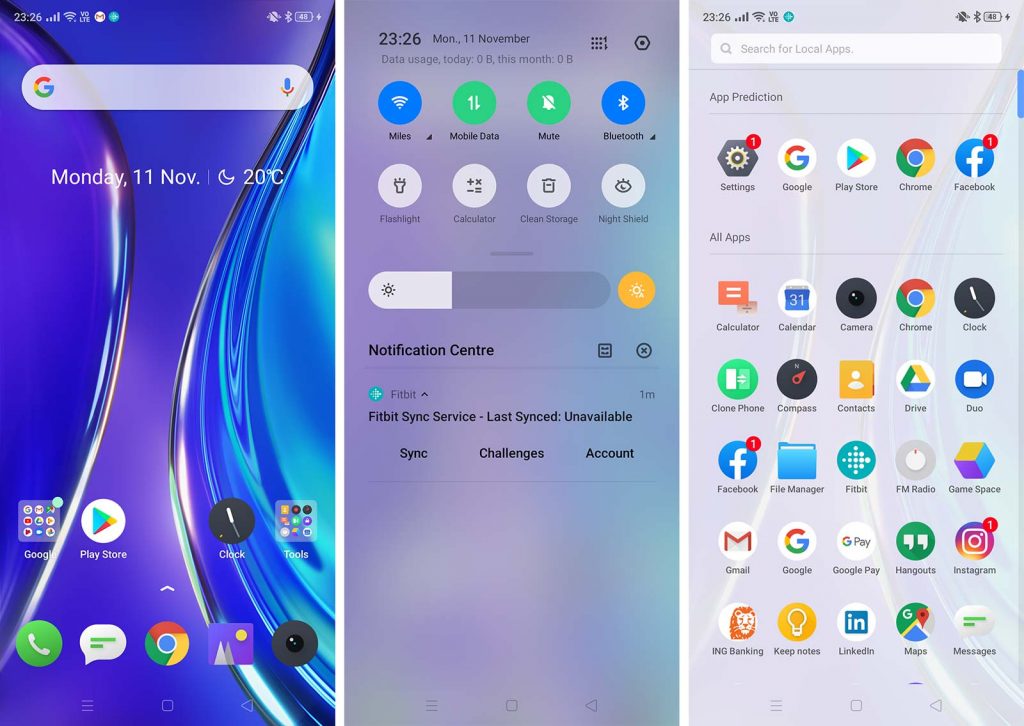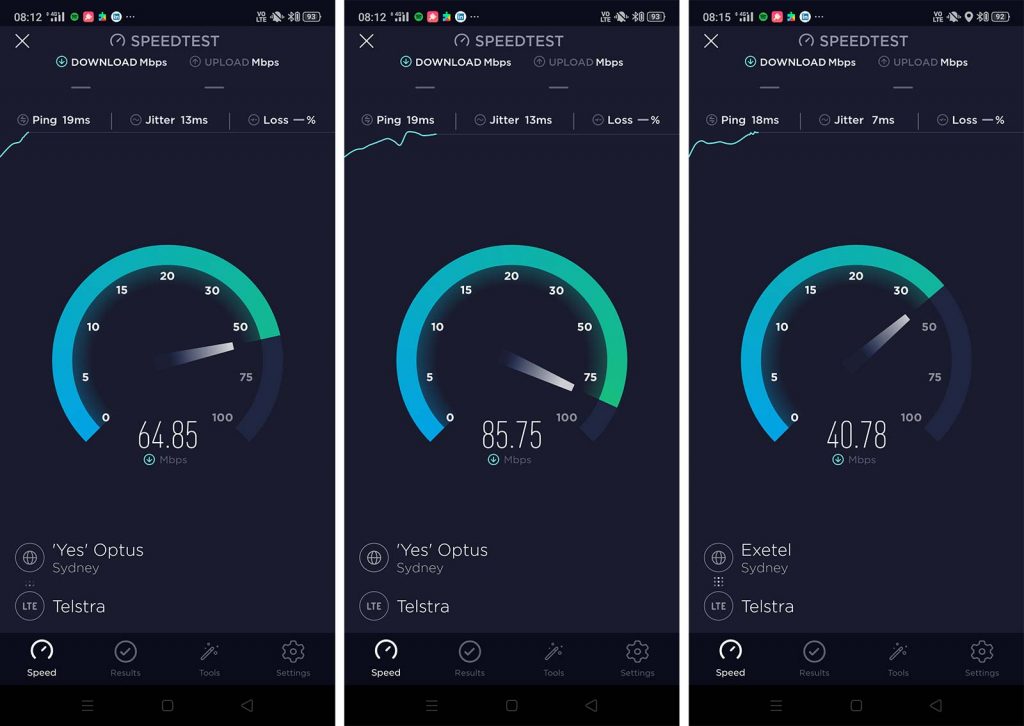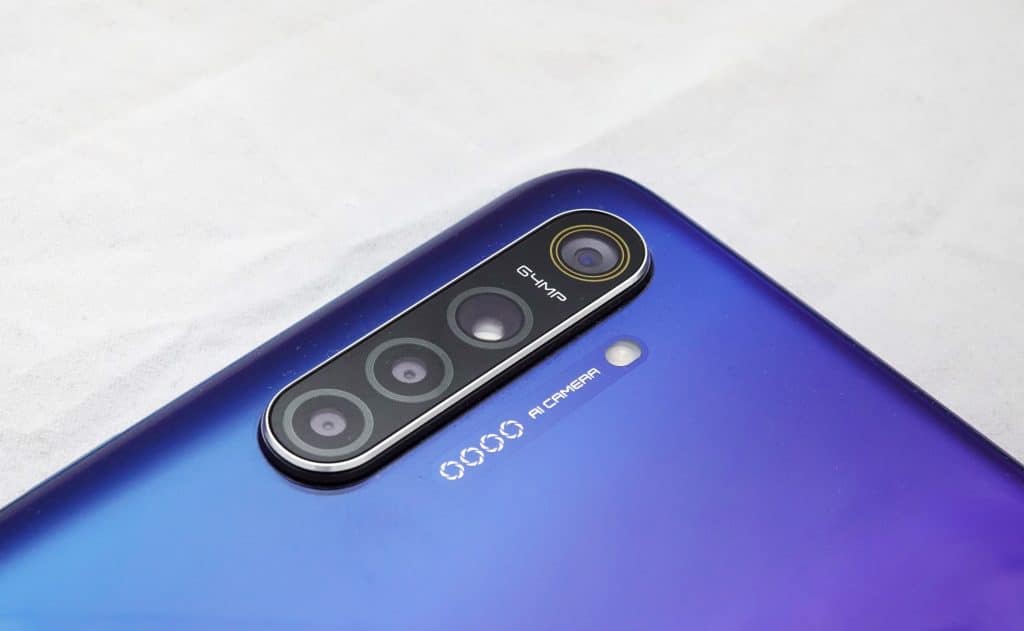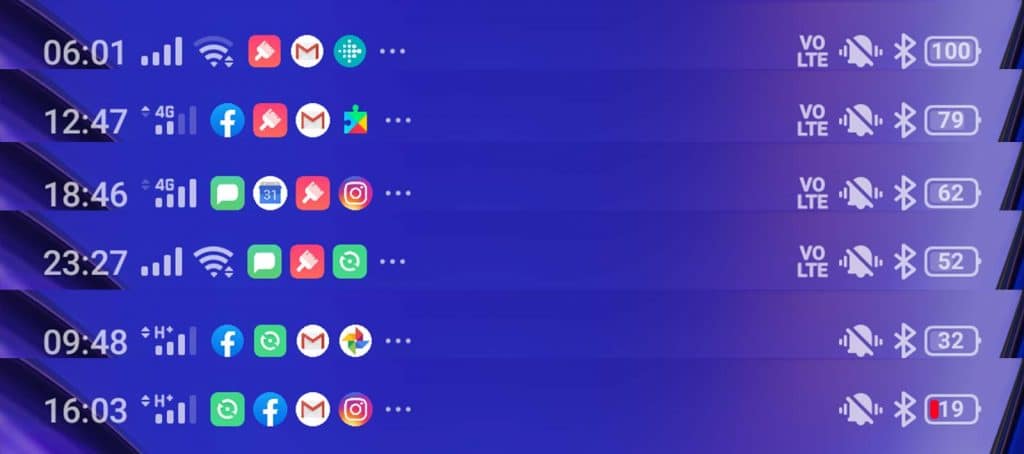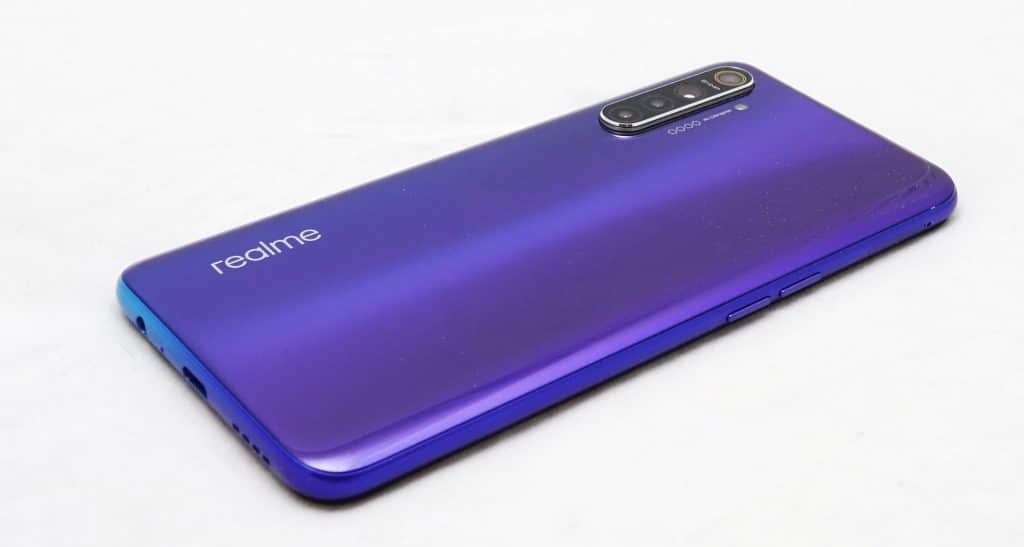Quick review
The good
The not-so-good
If you only had $500 to spend on a phone and wanted solid value, a new player makes a good case with the Realme XT.
There is already quite a bit of choice in the phone market in Australia, and now there’s one more, as Realme rocks up with a rival for the mid-range players.
The first glance you throw to a Realme, you may be reminded of other phones priced for the mid-range, and there’s a good reason why: Realme shares much of the same manufacturing line and operating system as Oppo, so the similarities between the two companies will become abundantly clear the moment you look at each.
While Realme can seem like an Oppo clone, that may not be so much of a bad thing. More competition is always good for the consumer, and means you can usually find something that matches your needs specifically. Oppo has been producing solid mid-range phones since it arrived on our shores several years ago, and giving it some competition is sure to keep Oppo on its toes.
Whether that’s what Realme has in mind with its flagship Realme XT remains to be seen, but what you do get is solid value in somewhat ordinary design.
Design
That design is clear at first glance: slick, shiny, and yet something we’ve all seen before. If you thought the first major phone from a new brand would be something wholly unique, you’re probably looking at the wrong phone.
The Realme XT comes off looking like an iPhone, a Huawei, a Samsung, and an Oppo, in that we’ve seen this design language several times before, and several times this year alone.
That’s not to say it’s a bad thing, just more an ordinary thing these days, as this is now very much the norm.
This “norm” is a glass front and back, the latter of which sports a slick almost metallic sheen, with a set of four cameras in a vertical configuration down the left side. It’s a simple look reminiscent of the Samsung Note 10 and the Huawei P30 Pro, plus the iPhones from the last two years, the iPhone X, iPhone XS, and iPhone XS Max.
Features
The Realme XT isn’t an iPhone, though like some of the other phones that play in this spot, it can be easily confused for one.
Inside, it’s a spec built for Android, featuring an eight-core Qualcomm Snapdragon 712 processor, paired with 8GB RAM and 128GB storage, the latter of which has room to move thanks to the inclusion of a microSD slot. Google’s Android 9.0 “Pie” runs on the phone, with the Oppo overlay ColorOS arriving on the phone out of the box.
On the back of the Realme XT, you can expect to find four cameras, made up of a 64 megapixel Samsung camera with an aperture of F1.8, an 8 megapixel wide-angle lens with an aperture of F2.25, a 2 megapixel portrait lens with F2.4, and a macro lens also set to F2.4. That’s four cameras on the back with support for 4K Ultra HD, while the front camera is a 16 megapixel selfie camera.
Wireless connections on the phone offer the mid-range 802.11a/b/g/n/ac WiFi and Bluetooth 5.0, as well as GPS and 4G, while wired is handled by Type C USB and a 3.5mm headset jack. A fingerprint sensor is built in as well, found inside the screen.
That screen is a 6.4 inch display running a resolution of 2340×1080, also known as Full HD+, with Super AMOLED the panel technology used here. Two nanoSIMs are supported, as is the Oppo VOOC fast charging system.
The battery in the Realme XT is rated at 4000mAh and is not removable.
In-use
With the features out of the way, it’s time to switch on the Realme XT, which comes across much like an Oppo. In many ways, it feels like we’ve been here before, as the phone shares bits and pieces very much like the phones Realme shares a manufacturing line with.
Last year’s Oppo R17 Pro is echoed in the finish, while the Oppo Reno in the operating system, which is Android Pie, but with either an app drawer or home screens that give you those app shortcuts. In the past year, Oppo has catered for both, and here in the first Realme we’ve seen, you get that, too.
Using the phone is easy enough, and regardless of whether you’ve come from an iPhone or an Android, or whether this whole thing is your first time, you should find it easy to use. Swipe right, swipe left, with digital buttons at the bottom of Android, plus a fingerprint sensor built into the screen and facial security if you so choose.
That fingerprint sensor isn’t the best in the land, but it does the job, helping you to give the screen a little press and unlock your phone. Sometimes it misfires, though we found pairing it with facial security means the Realme XT provides enough of a security feature to let you get in quickly and easily.
Performance
Using the Realme XT isn’t difficult, but that’s not just thanks to the approach for the Oppo ColorOS overlay. There’s more to it than that, and the Qualcomm Snapdragon 712 helps with that, alongside 8GB RAM.
You may find the odd spot of lag every so often, but overall, the performance handles itself well enough, something we suspect the 8GB RAM has helped with.
Mobile performance on the side of the 4G modem is also capable. While Realme hasn’t said what category the modem fits into, testing the Realme XT on the Telstra 4GX network in Sydney’s CBD, we found speeds ranging from 40 to 90Mbps, suggesting either a Category 4 (150Mbps max) or Category 6 (300Mbps) modem. While neither will set the world on fire, both are more than acceptable for a 4G phone in today’s world.
Camera
“More than acceptable” is a theme worth exploring in the Realme XT, also thanks to the camera, something that offers quite a bit of a feature set for a phone that huts just under the $500 mark.
Four cameras can be found in this phone, a number that is still fairly premium in the grand scheme of things. There are flagship models that don’t hit that high yet, so it’s really interesting to see a mid-range mobile offer that many.
Realme’s approach here is to use a Samsung 64 megapixel Tetracell sensor, similar to the type used on the Motorola One Vision. In the Moto model, you could find a 48 megapixel sensor that used four pixels for every one, resulting in a higher quality 12 megapixel shot. For the Realme XT, there’s a 64 megapixel sensor with four pixels for every one, resulting in a 16 megapixel photo.
There’s little doubting that you can expect a decent quality photo here, and that is largely what’s on offer, at least form that 64 megapixel camera.
The other camera modules, though, well that’s a different story.
While you get four pixels for every one on the main camera, you only get 8 megapixels when you go wide, 2 megapixels on depth, and 2 megapixels on macro, which aren’t amazing throughout this range, though at least doesn’t matter as much on the portrait shots because it goes out of focus as it is.
Sufficed to say, photos will be acceptable on the main camera provided you don’t really zoom to 100 percent crop, but less so on the others. You can capture in both 16 megapixels and 64, so the choice is yours, and it even works in low light, too. We’re not surprised that the cameras aren’t the greatest in the lowest of light, but provided you have a little to work with, you should find the XT doesn’t need the flash as much as you might expect.
That’s good news, because it means you won’t likely end up complaining about the camera that much at all, which is good news given the price.
Battery
Another area you need not complain in is with the battery, as the Realme XT handles itself nicely.
We probably shouldn’t be surprised given how much Realme’s phones have to do with Oppo, a brand that already excels in phone battery life. With that in mind, Realme’s first phones in Australia handle an Aussie work day nicely, and then some, able to achieve close to two days of life.
While most will probably end up charging nightly, the simple truth of the matter is that you really don’t need to, at least not from what we experienced, and can deal with keeping the Realme XT out a little later.
Value
Alongside the decent battery life is similarly solid value, delivering on the mid-range mark nicely at $499.95.
Even though mid-range mobiles vary between $400 and $1000 in Australia, the Realme XT achieves a nice spot for what the middle of the market generally aims for. Given the feature set, battery life, and otherwise decent camera — decent main camera, that is — value is definitely not a problem here.
What needs work?
But the feature set doesn’t feel totally complete, and while we used to simply attribute that to being in the mid-range, that’s not necessarily an excuse that flies anymore.
Take the omission of NFC, the technology of Near-Field Communication that not only allows wireless devices to install and be set up easily, but also makes Google Pay work. No NFC on Android, no Google Pay, and that is unfortunately the case with the Realme XT.
Much like how Oppo’s mid-range phones ignored the tech for a while, so too has Realme, which means you won’t find NFC in the XT.
You can find it in the Oppo Reno and the Google Pixel 3a, two mid-range phones that nail the feature set just that little bit better in the end. Neither of those phones feature water resistance or wireless charging, so the Realme XT is on even footing in that area, but the lack of Near-Field Communication is a touch annoying. It means if you do want to pay for things with a gadget, you’ll either be strapping a card to the back of your phone, or buying a wearable with payment support on-board.
Final thoughts (TLDR)
Finding a phone that delivers a good assortment of features for not too much money isn’t hard at all anymore. While the high-end flagship phones are fairly easy to find, and do cost quite a bit, the mid-range market is similarly saturated.
Simply put, if you want to spend a maximum of $500 or $600, you have choices, and with the arrival of Realme on Australia’s shores, you now have a few more.
Realme’s addition to our phone choices is an interesting one, because it provides a competitor in the growing mid-range market that isn’t Oppo, which has been pushing some really solid results over the past few years. It is almost identical to Oppo, and helped by the shared resources, but much like how a Lexus isn’t a Toyota and yet is, does provide that little bit of disconnect.
In the case of the Realme XT, the phone you’re getting for just under the $500 mark is a solid start, with a premium feeling phone without premium dollars. It’s good looking, handles well, and provides some useful features, even if it does need at least one more. We’d frankly go without wireless charging and water resistance if we could just have NFC, the tech used for mobile payments. Given you can find it on the Oppo Reno and Pixel 3a, we feel it’s a must have for this phone, and yet it’s not there.
For now, the solid start that is the Realme XT offers a phone for folks who only have $500 to spend and want something slightly different from an Oppo with a more than usable camera.



